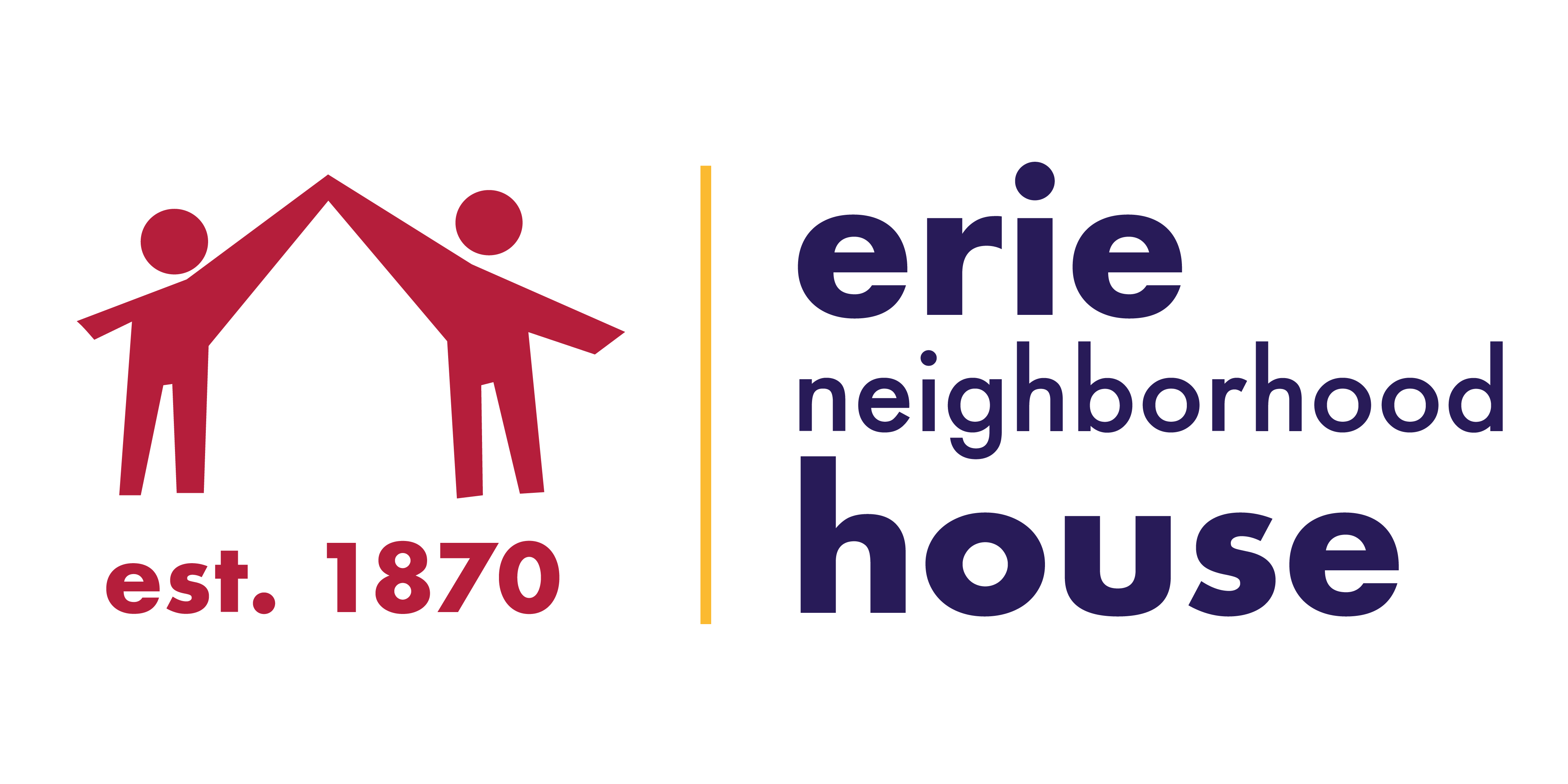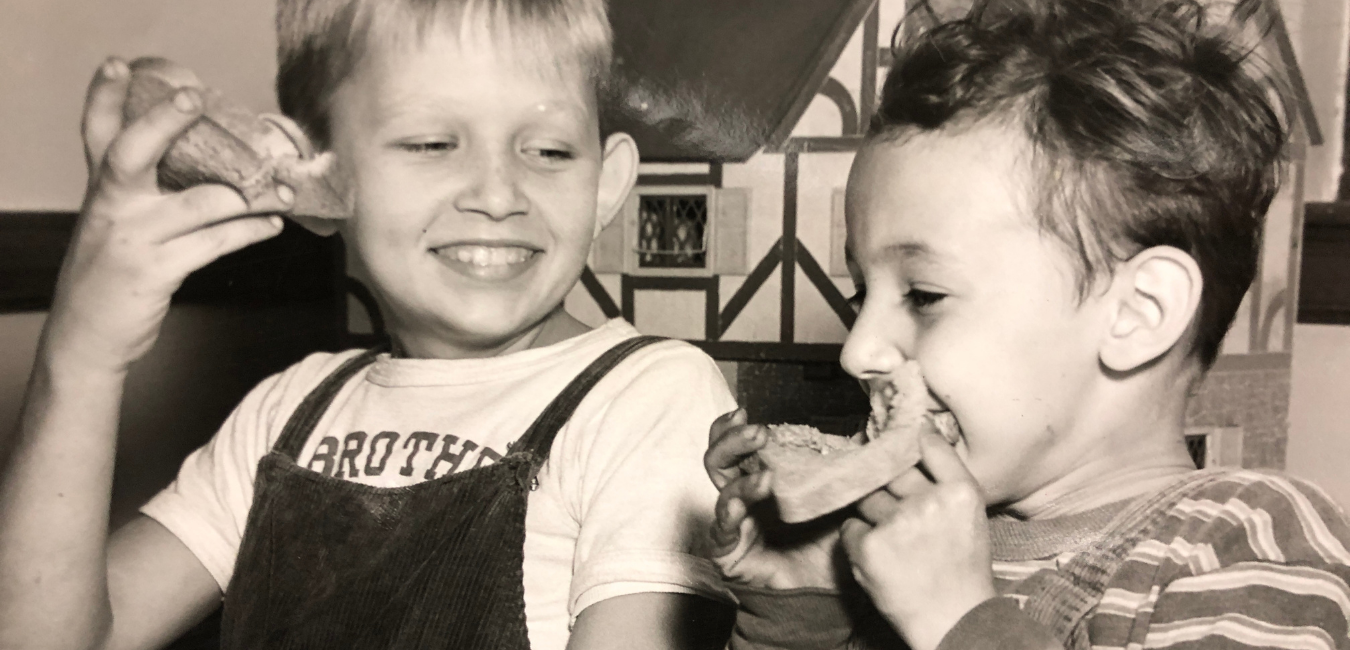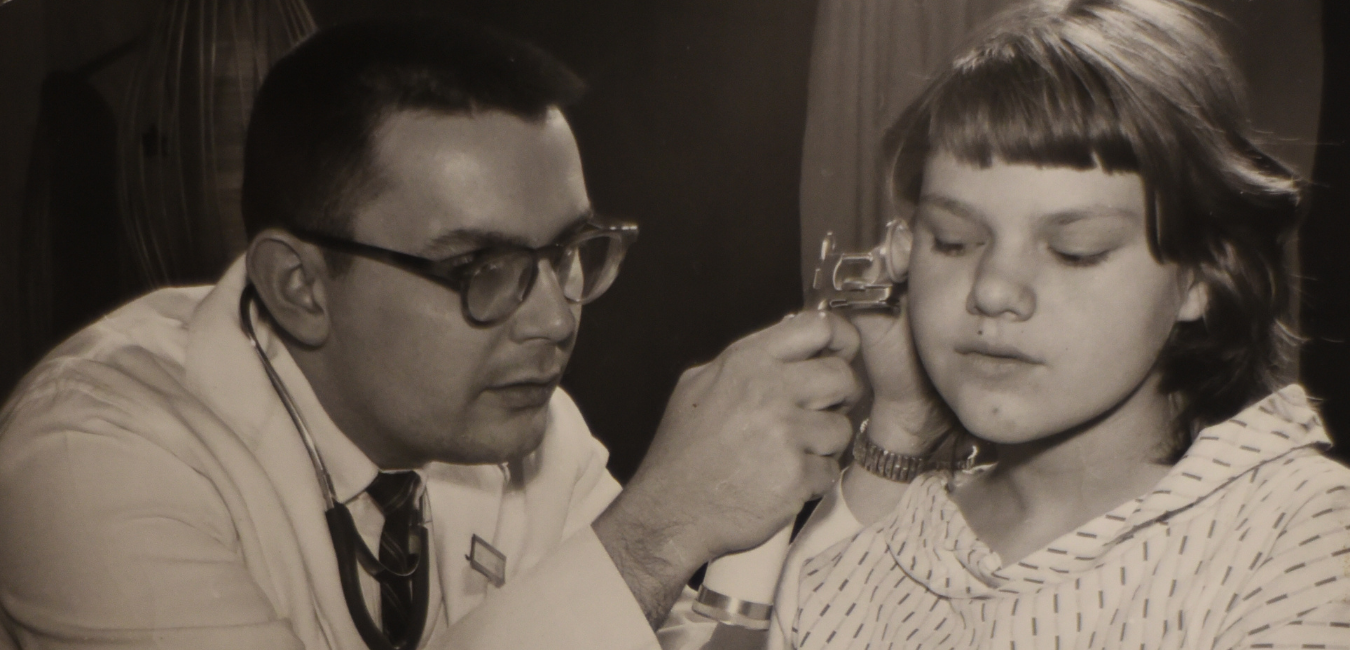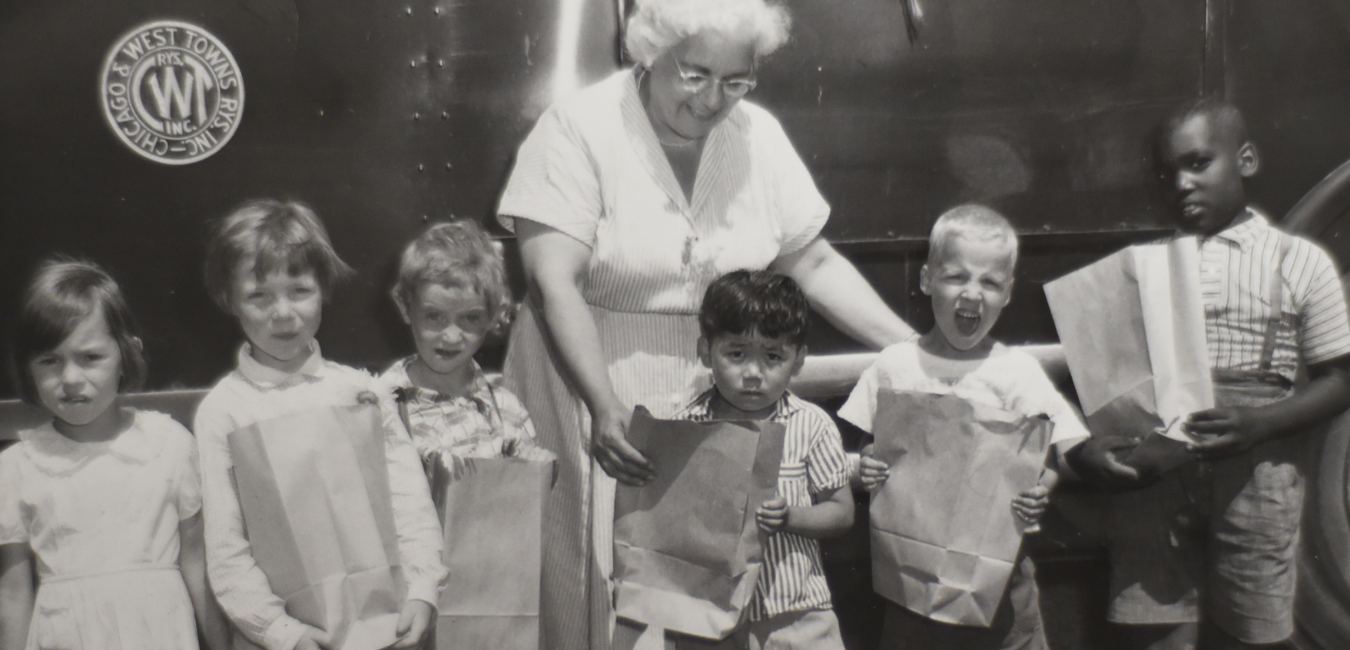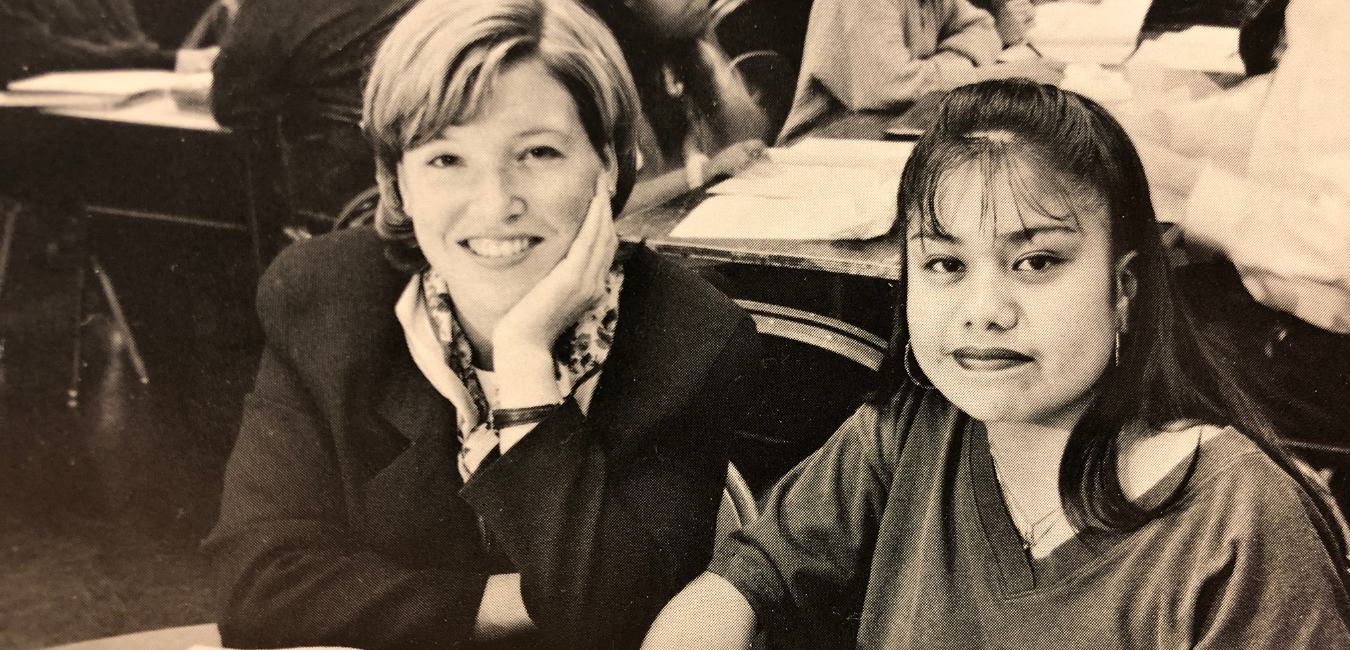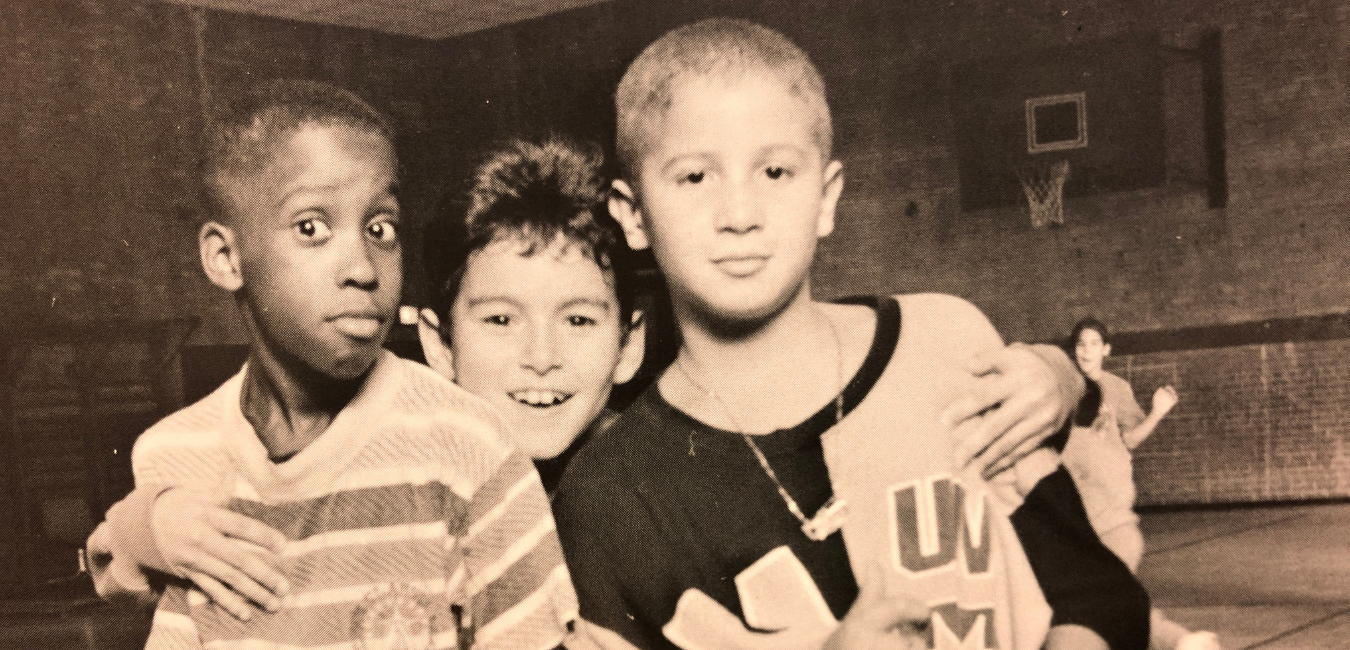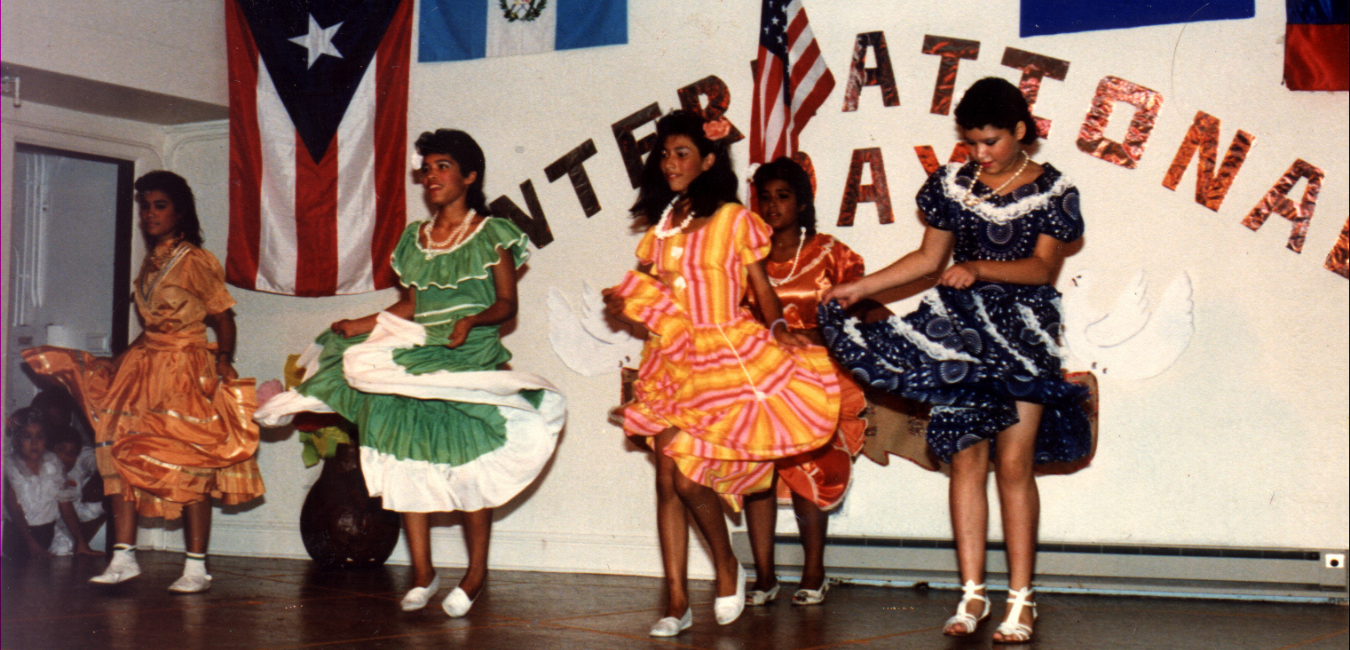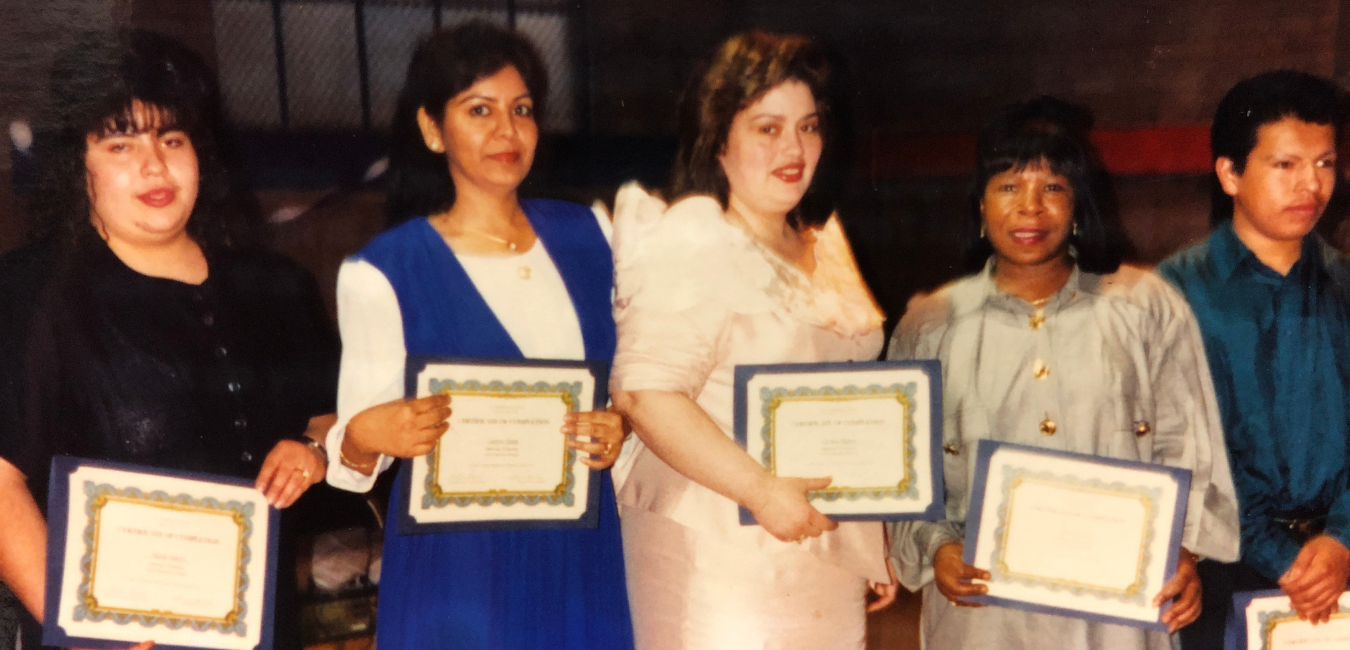The Erie House Story
Erie Neighborhood House opened its doors to Chicago’s West Town community on December 4, 1870. As the city and community have changed over the last century and a half, so have we. What began as a church evolved to become the now oldest operating settlement house in the city.
In the last 150-plus years, we’ve expanded our footprint to a second site in West Town and later into Little Village to reach more of our predominantly Latinx immigrant participant population. We also offer programming from satellite locations in Humboldt Park and Logan Square, and home visiting in Back of the Yards. We’ll soon open another center on the Near West Side.
Child care and education have always been part of Erie House. In 1893, we offered one of twenty flagship programs in Chicago’s Free Kindergarten Association, and in 1942 we began providing daycare in response to growing demand during WWII as the American workforce evolved. In 1984, we launched TEAM, a groundbreaking mentoring program that supports the growth and development of neighborhood youth.
We’ve been an incubator for other community-based organizations, including Erie Family Health, which began as a clinic operated by Northwestern University medical students at Erie House in 1957. Bickerdike Redevelopment Corporation was also founded by Erie House in 1967 to create affordable housing opportunities for members of the community. And in 2005, Erie Elementary Charter school was founded out of Erie House to provide a bilingual school option for neighborhood families.
And finally, we’ve continued to grow and evolve to provide what our community needed the most. In 1996, we opened a community technology center to provide new education and professional development opportunities for our participants in a rapidly changing world. In recent years, we’ve responded to our immigrant community’s concerns by providing “Know Your Rights” trainings and expanding our Legal Services department. We’ve also heavily invested in mental health, community wellness and safety through our Proyecto Cuídate program, our fastest-growing department based in Little Village.
Timeline
Browse photos from our archives and explore the timeline below to journey through our over 150-year-long history.
1870–1899
1900–1949
1950–1999
2000–present
Our Leadership
since incorporation in 1915
George Searles
1915
Erie Chapel incorporated and adopted the name Erie Chapel Institute in 1915. Rev. George Searles was both pastor and director.
Florence Towne
1926
Florence Towne arrived at Erie as the kindergarten teacher and head girls resident in 1914 and went on to spend 25 years in the role of director of Erie Chapel Institute.
Ross Lyman
1951
Rev. Ross Lyman served dual roles as minister of Erie Chapel and executive director of Erie House.
Merri Ex
1977
Merri Ex first came to Erie House as a community organizer. She became executive director at age 24 and was the first Spanish-speaking director of the agency.
Rafael Ravelo
1985
Rafael "Rafa" Ravelo is the first Latino individual to become executive director.
Esther Nieves
1997
Esther Nieves succeeds Rafa Ravelo as executive director after serving as associate executive director for the agency.
Ricardo Estrada
2003
A Mexican-American immigrant, Ricardo "Ric" Estrada became executive director at Erie House after serving as associate executive director under Esther Nieves.
Celena Roldán
2010
Celena Roldán served as social worker and director of child care before being named executive director.
Kirstin Chernawsky
2016
Kirstin Chernawsky became executive director after serving as senior director of development and communications.
Cristina De La Rosa
2022
Cristina De La Rosa became Erie House's 10th executive director after serving as Senior Director of Programs. Cristina has been with Erie House for over 10 years.
Learn more about our history
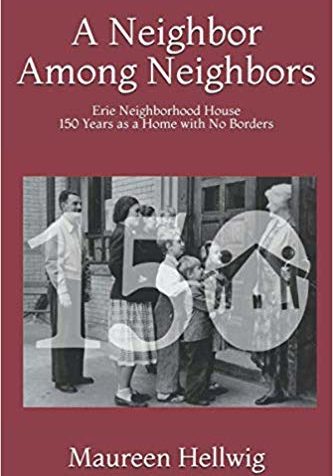
A Neighbor Among Neighbors
Erie Neighborhood House: 150 years as a Home with No Borders
By Maureen Hellwig
"This masterful work tells how enduring values have allowed a settlement house to be an open door and a community voice to a succession of immigrant groups for 150 years - and counting. What is particularly valuable and unusual is that the analysis is equally insightful for every period, including the present."
— Gary Johnson, CEO, Chicago History Museum
